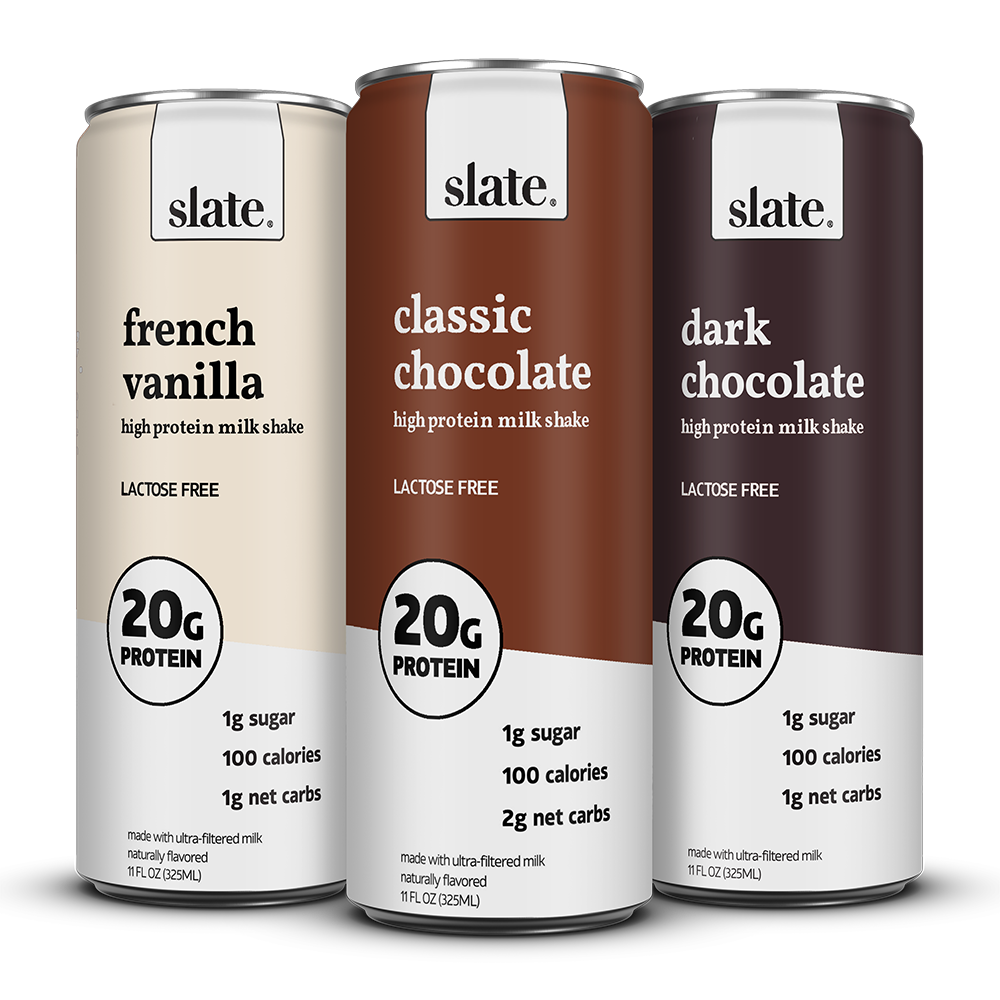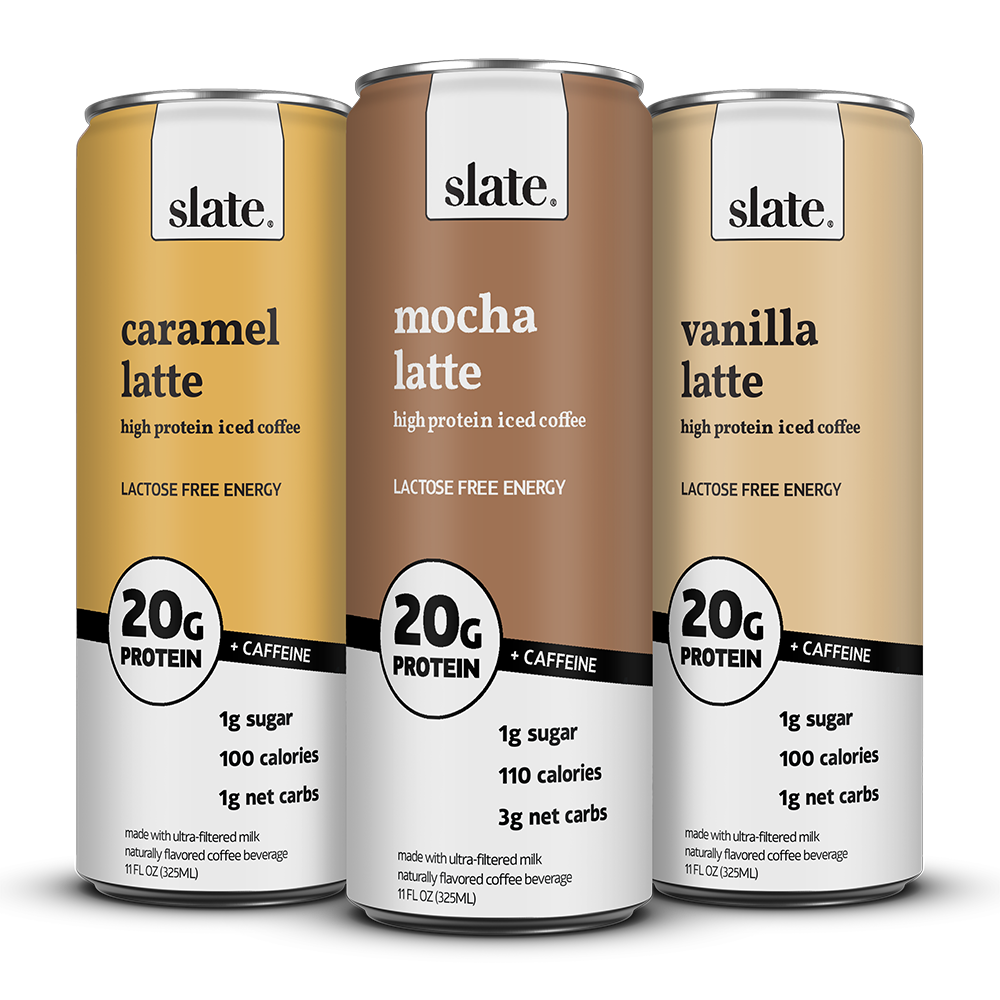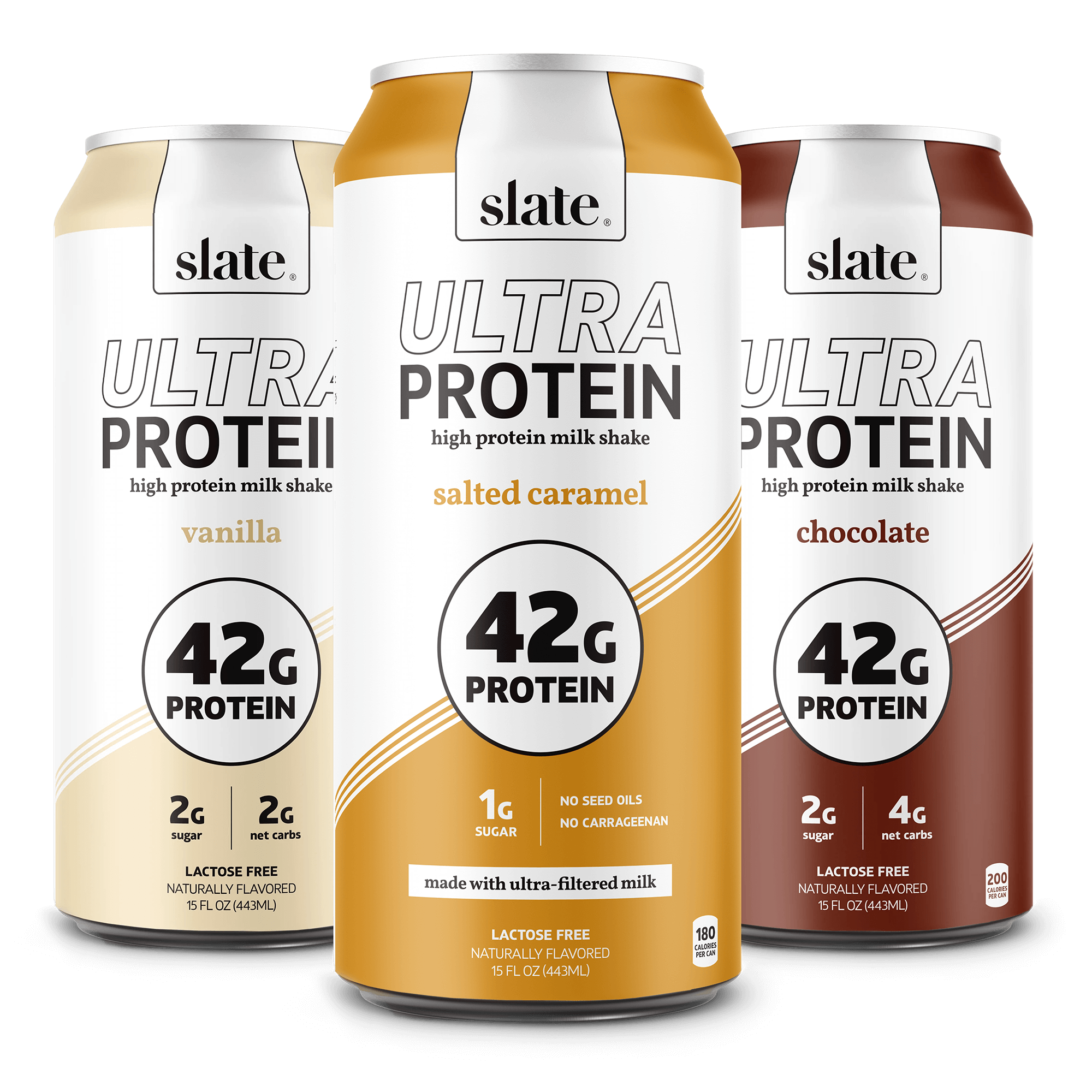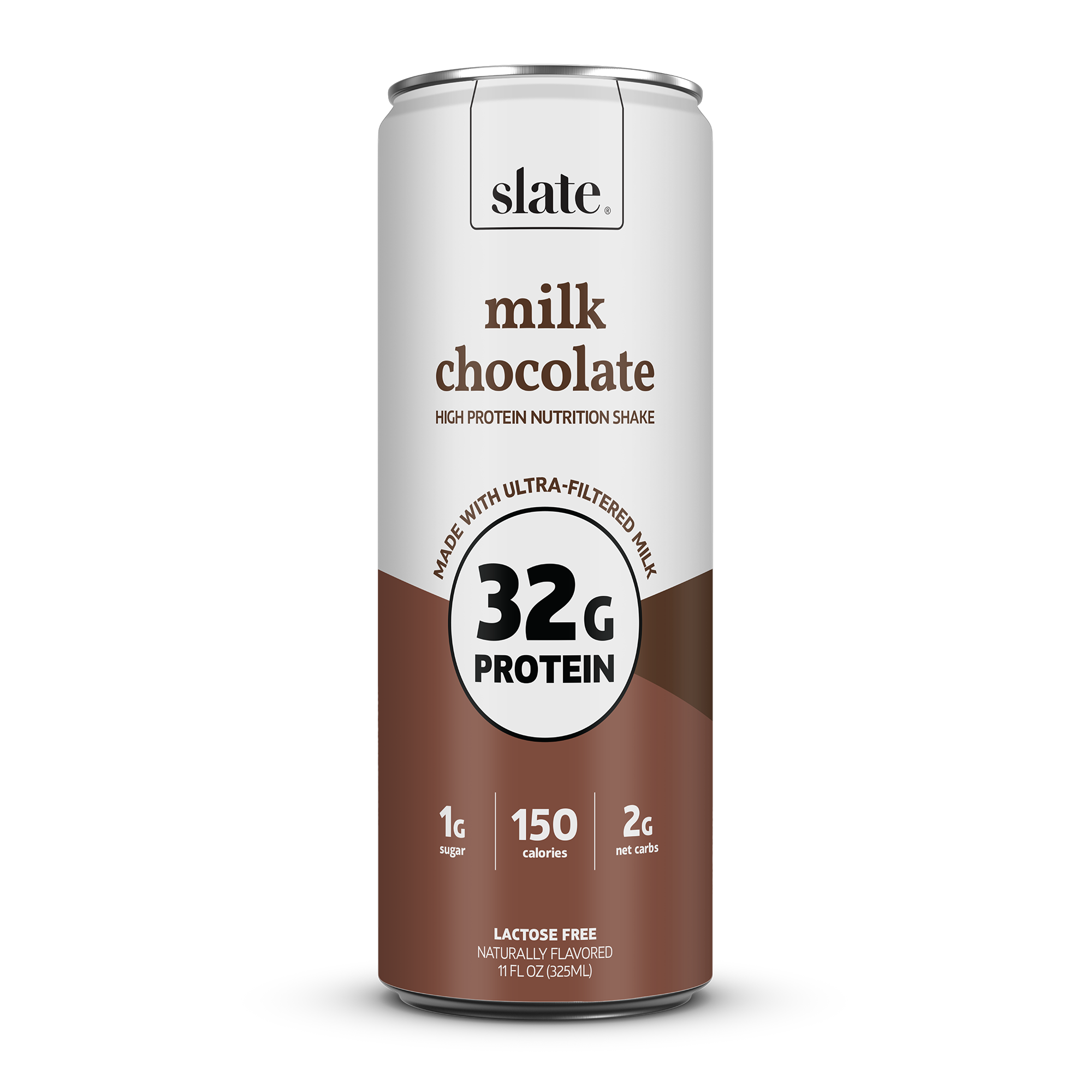Growing up, drinking chocolate milk meant simply putting Hershey’s syrup in some whole milk, giving it a good ol’ swirl, and sending it down the hatch.
But the older I got, the more this combo was a recipe for disaster. The lactose and syrup medley would lead to an uncontrollable sugar rush, followed by the undeniable sugar CRASH (sorry, mom), and an unavoidable tummy ache.
Point being, chocolate milk needed to change. And while it may SEEM like a simple product, chocolate milk brands have been reformulating, iterating, plant-erating, nut-erating, you name it, for years.
Why?
Because consumers have various dietary needs and/or personal preferences. Let’s just say the days of limited options are long gone. Which is great, right? Well... yes - if you know what you’re in the market for. Options can also be overwhelming.
Having been through the revolving door of being vegan, vegetarian and ‘lacto-vegetarian,’ (did I make that up?) I know a thing or two about the milk industry. So, when it comes to the different options out there, I’m your gal.
Let’s break down our chocolate milk options so you can figure out what works best for YOU.

Good ol’ fashioned dairy milk. The OG. Chocolate milk is simply milk, cocoa, a processed or natural sweetener and a gum used as a thickener such as Xanthan, Agar-Agar and Cellulose. Some milks are fortified, meaning extra vitamins and minerals are added (such as Vitamin A and D) to help those who are lacking those nutrients in their diets. The average cup of chocolate milk has around 170 calories, 8 grams of carbs and a whopping 27 grams of sugar.
2. Protein Chocolate Milk
After a workout, your body needs protein to help heal those micro-tears in your muscles. Ideally you want the perfect balance between carbs and protein. Studies have shown that chocolate milk does just that. Various brands can range anywhere from 9-25g of protein. BUT beware, not all protein chocolate milks are created equally, so be sure to look out for added sugar.
Oat milk is a hot commodity these days. The new almond milk, some might say. Oat milk is essentially just oats and water combined, and then strained. Flavoring, sweeteners and some sort of shelf stabilizer is added. Oat milk contains beta-glucan, a fiber found it oats that is said to contain heart benefits. But, as oat milk succeeds in the lactose free department, it does NOT succeed in the protein department. The leading oat chocolate milk brands only have 3g of protein.
While almond milk has taken a back seat to the new trendy oat milk, it’s still a favorite in the plant-based milk world. The process for making almond milk is similar to the process of oat milk. Combining almonds and water, blending and then separating almonds from the milk will get you the base of almond milk. Chocolate almond milk has an average of about 90 calories,11g carbohydrates and again, only 2g protein. Unfortunately though, almond milk isn’t as environmentally friendly as you’d think. It requires MORE water than any other dairy alternative. According to an Oxford study, it takes approximately 130 pints of water to produce a single glass of almond milk. The more you know, right?
For those who feel a little off after drinking regular chocolate milk, have no fear. Lactose free ultra-filtered milk is not only nutritious, it’s also delicious (sweet rhyme). The milk goes through an ultrafiltration process that removes the lactose, and excess sugars, so you’re left with milk that is lower in sugar AND digestible. Imagine a dial pad where you can control the levels of protein, sugar, and lactose in your milk. Pretty cool, right?
Listen, 2020’s been a rough year. It’s time to start doing things for YOU.
That means taking care of your body, without sacrificing taste. Everybody is different and unique. So, go out and try some different chocolate milk options that best suit you. The world of endless chocolate milk options awaits!
Cheers,
The Slate Milk Squad
Written by Samantha Okrasinski, Contributing Author






